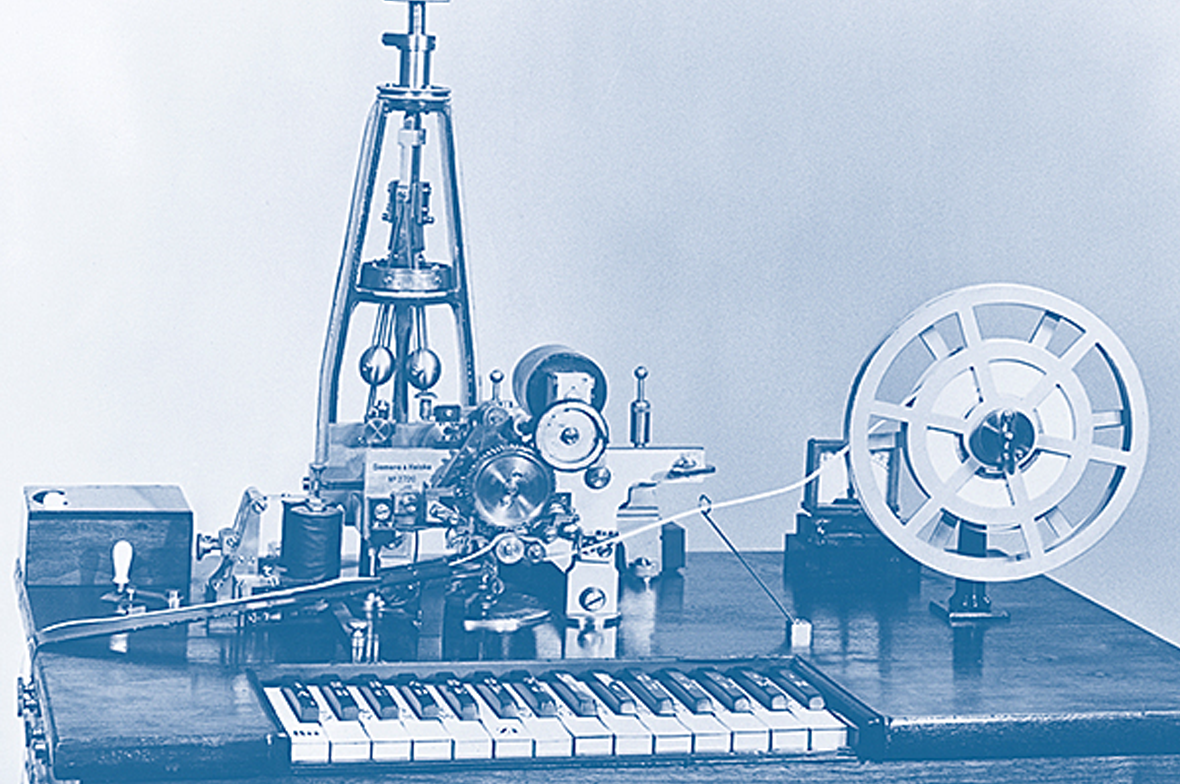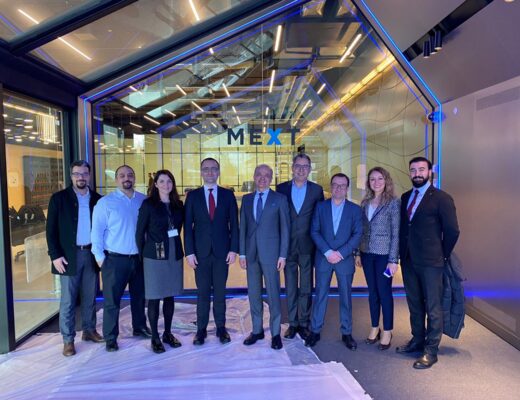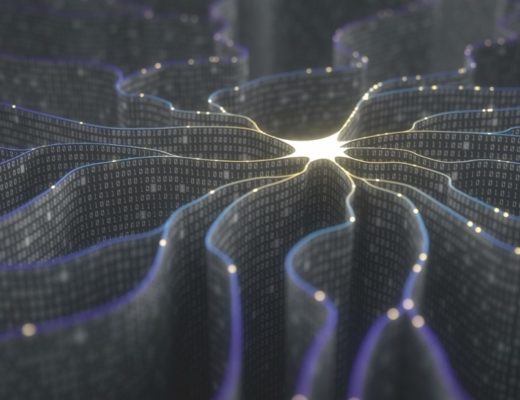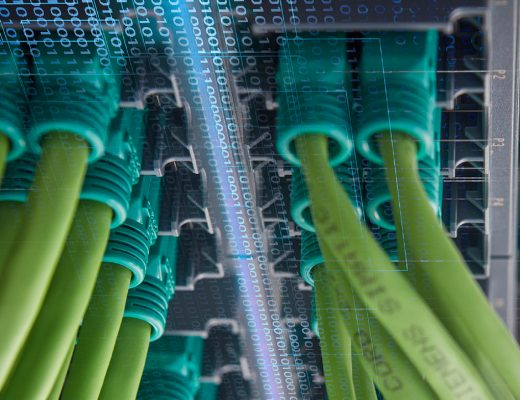As the original texts are written in Turkish, English translation is provided for non-Turkish readers. The author apologizes in advance for any and all possible changes and losses in meaning due to translation.
Siemens, the company I have been working at for 40 years, is an innovative technology corporation that develops technological solutions for over 160 years to improve the quality of life for all people. And one of the key aspects in the establishment period of Siemens is communication. When our company was founded in Berlin in 1847, it was a leading brand in inventions on communication. For instance, though not directly a Siemens invention, success of the telegraph in its initial years also benefited from the innovative ideas of Siemens.
Communication is important to me not only in terms of Siemens, but also in my personal life. When I was a kid, my grandfather used to tell me stories about the means of communication in the past. I remember having listened to many stories on messages sent via pigeons released from high towers, mounted or on-foot messengers, and town criers. Therefore, communication has always been an enchanting subject to me since very young age.
The generation of our great grandparents told about news being announced in İstanbul by people called “town criers” and these people loudly read the sultan’s edicts on streets, crying out “Hear ye Hear ye!” This means of communication was first used by Mahmut II to establish communication between the administration and the public. Then it was extended to the economy by means of sellers in street markets. Certainly, not all news came from official sources. Even then, sources and quality of the news could sometimes be controversial, yet people did not drown in a sea of information as today.
In the modern world, we have discovered almost infinite opportunities for communication. With the advent of telephones, walkie-talkies, mobile phones, and now e-mails, we have discovered an unprecedented source and means of communication. Our children can send instant messages to each other, listen to their iPods, contact on Facebook, watch videos, and “do their homework” at the same time.
As today’s children can make online contact even before they learn to walk, scientists think the brain structure of future generations can evolve in a different way. Internet alone ensures that the biggest library in the world is at our fingertips.
In short, both the world and communication changed a lot since days of doves and messengers. This change carried to a brand-new age that we may call “age of information”. Let’s discuss the qualities of this age in the next post.







No Comments